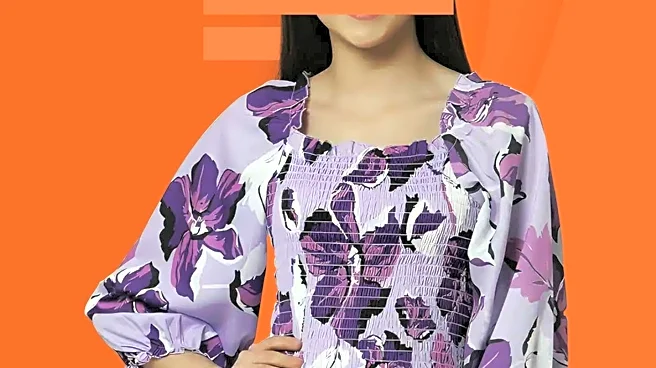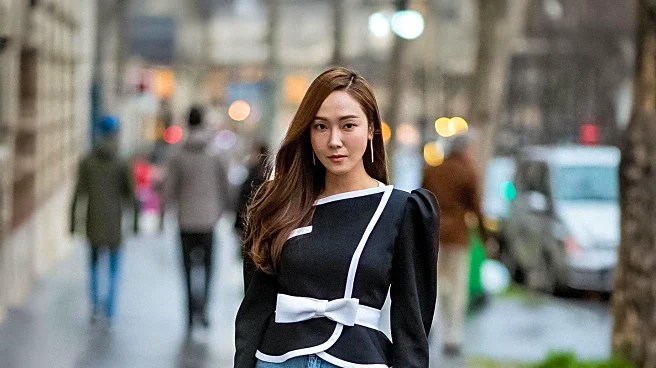What's Happening?
The 'Outfit of the Day' (OOTD) trend has become a significant phenomenon in the fashion industry, particularly on social media platforms like Instagram and TikTok. This trend involves users showcasing
their daily attire, often accompanied by descriptions of their clothing choices, accessories, and styling tips. Originating from the 'lookbook' culture, OOTD posts have evolved with the rise of social media, becoming a popular way for individuals to express their personal style and creativity. The trend is characterized by its ability to inspire fashion enthusiasts, foster creativity, and create a visual diary of personal style evolution.
Why It's Important?
The OOTD trend holds substantial influence over fashion choices and social media engagement, particularly among youth. It provides a platform for self-expression and creativity, allowing individuals to develop a distinct personal identity. The trend also fosters social integration, enabling users to connect with like-minded individuals and engage in meaningful conversations about fashion. However, it also presents challenges, such as the pressure to conform to unrealistic beauty standards and the commercialization of personal style. Understanding the impact of OOTD is crucial for navigating the digital age and fostering a healthy relationship with fashion and social media.
What's Next?
As the OOTD trend continues to grow, it is likely to further influence fashion choices and social media engagement. Brands and influencers may increasingly leverage this trend for marketing and advertising purposes, potentially blurring the lines between genuine self-expression and commercial interests. It is important for individuals to critically analyze the content they consume and maintain a balanced perspective on personal style and self-worth. Parents and educators can play a role in supporting youth by encouraging healthy self-image and critical thinking about social media content.
Beyond the Headlines
The OOTD trend highlights broader cultural shifts in fashion and social media, emphasizing the importance of individuality, creativity, and self-expression. It also raises questions about the ethical implications of commercialization and the impact of social media on self-esteem and body image. As the trend continues to evolve, it may prompt discussions about the role of fashion in shaping cultural norms and the responsibilities of influencers and brands in promoting healthy and inclusive representations of style.











